Ultrasound of thigh, shoulder muscle can help detect insulin resistance, finds study
Tue 24 Jun 2025, 00:29:06
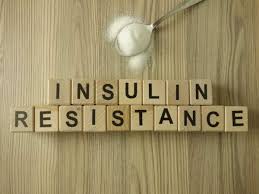
A recent study found that an ultrasound of one's thigh or shoulder muscle can help in the detection of insulin resistance, which is a stage that precedes prediabetes. The study was published in the Journal of Ultrasound in Medicine.
Steven Soliman, director of musculoskeletal radiology fellowship at the University of Michigan, US and lead author of the study said that ultrasounds of muscles of 25 patients, who were also checked for insulin resistance, showed that their muscles appear "unusually bright".
Soliman further said, "We found it interesting that most of these patients (with bright ultrasound images) have type 2 diabetes. Seeing this pattern, we often thought, 'This patient must have diabetes'.
"More importantly, many were unaware of their condition until we verified with their electronic records and confirmed with their bloodwork that they indeed had type 2 diabetes or prediabetes."
For the study, the researchers analysed 300 images of the participants' ultrasound and found an increased brightness or 'muscle echo intensity', which suggests that the quality of muscle has changed due to increased fat.
The researchers found that eight participants had insulin resistance, and seven had "impaired insulin sensitivity".
Initial findings from a muscle biopsy also suggested that the bright ultrasound images may indicate an excess accumulation of fat and possibly fibrosis, potentially affecting muscle health and function, the researchers said.
The study,
therefore, highlights the potential of an ultrasound of muscles -- a non-invasive procedure -- in predicting the development of prediabetes or diabetes earlier than current diagnostic methods, they added.
therefore, highlights the potential of an ultrasound of muscles -- a non-invasive procedure -- in predicting the development of prediabetes or diabetes earlier than current diagnostic methods, they added.
An increased muscle echo intensity was seen in patients not diagnosed with prediabetes or diabetes. Some of them showed an increased muscle echo intensity before their blood test revealed a higher HbA1c, a measure of average blood sugar levels over the last two to three months, the researchers said.
The team added that while the ultrasounds could detect insulin resistance and impaired insulin sensitivity, muscle echo intensity (or brightness of ultrasound images) was not linked with M values, insulin sensitivity measured using a clamp test, which assesses how well the body uses glucose and is sensitive to insulin.
The result suggested that bright ultrasound images can hint at -- but not measure -- insulin resistance, the researchers said and added that they were recruiting more participants to understand this aspect better.
"Muscle US (ultrasound) has the potential to be a simple, accurate, noninvasive, inexpensive, and radiation-free tool for detecting developing insulin resistance and lower muscle mass in at-risk individuals," the authors wrote.
Disclaimer: Tips and suggestions mentioned in the article are for general information purposes only and should not be construed as professional medical advice. Always consult your doctor or a dietician before starting any fitness programme or making any changes to your diet.
No Comments For This Post, Be first to write a Comment.
Most viewed from Health
AIMIM News
Latest Urdu News
Most Viewed
May 26, 2020
Where should be the burial of the pilgrims martyred in the Saudi Arabia bus accident?
Latest Videos View All
Like Us
Home
About Us
Advertise With Us
All Polls
Epaper Archives
Privacy Policy
Contact Us
Download Etemaad App
© 2025 Etemaad Daily News, All Rights Reserved.

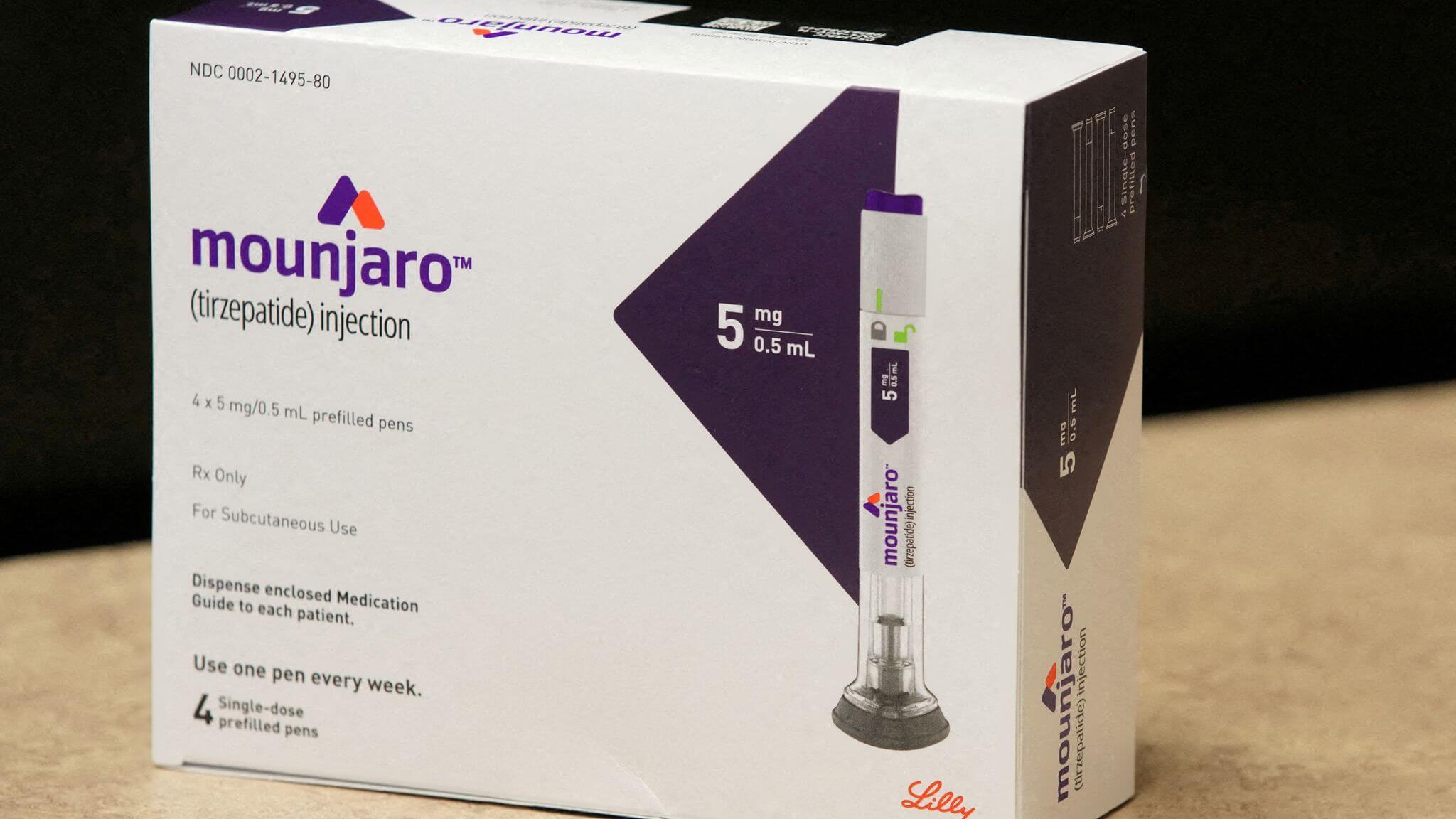

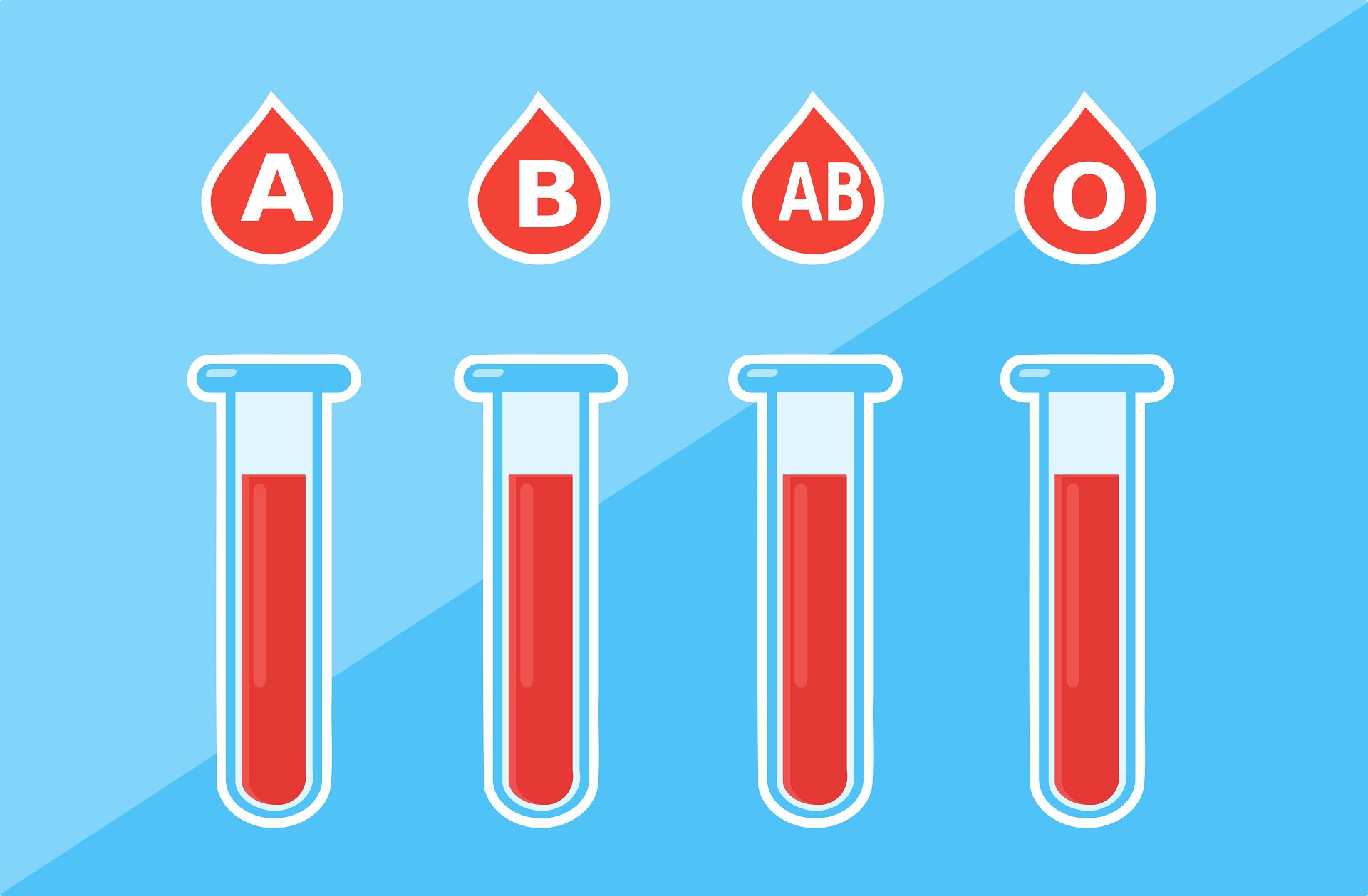




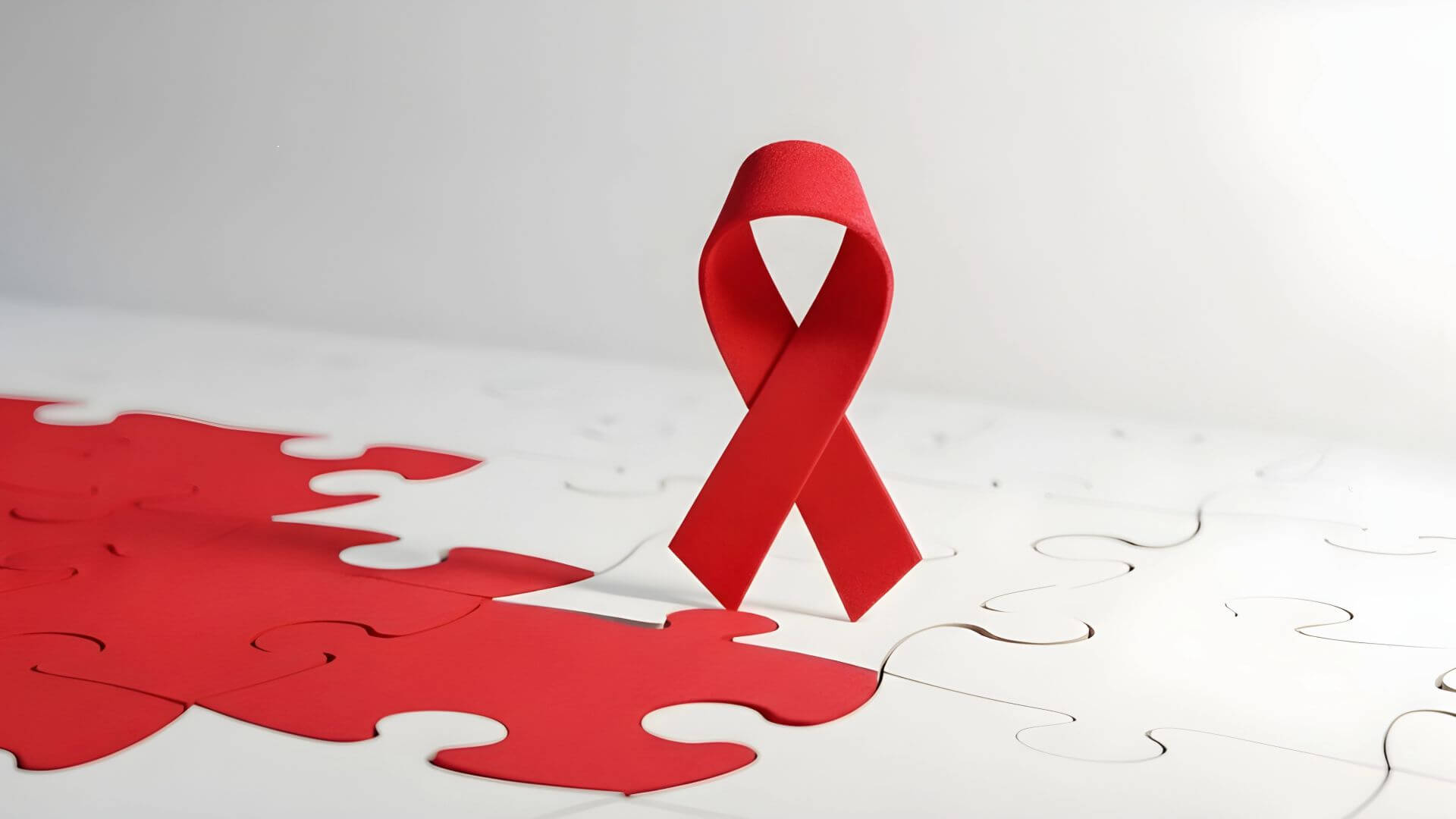


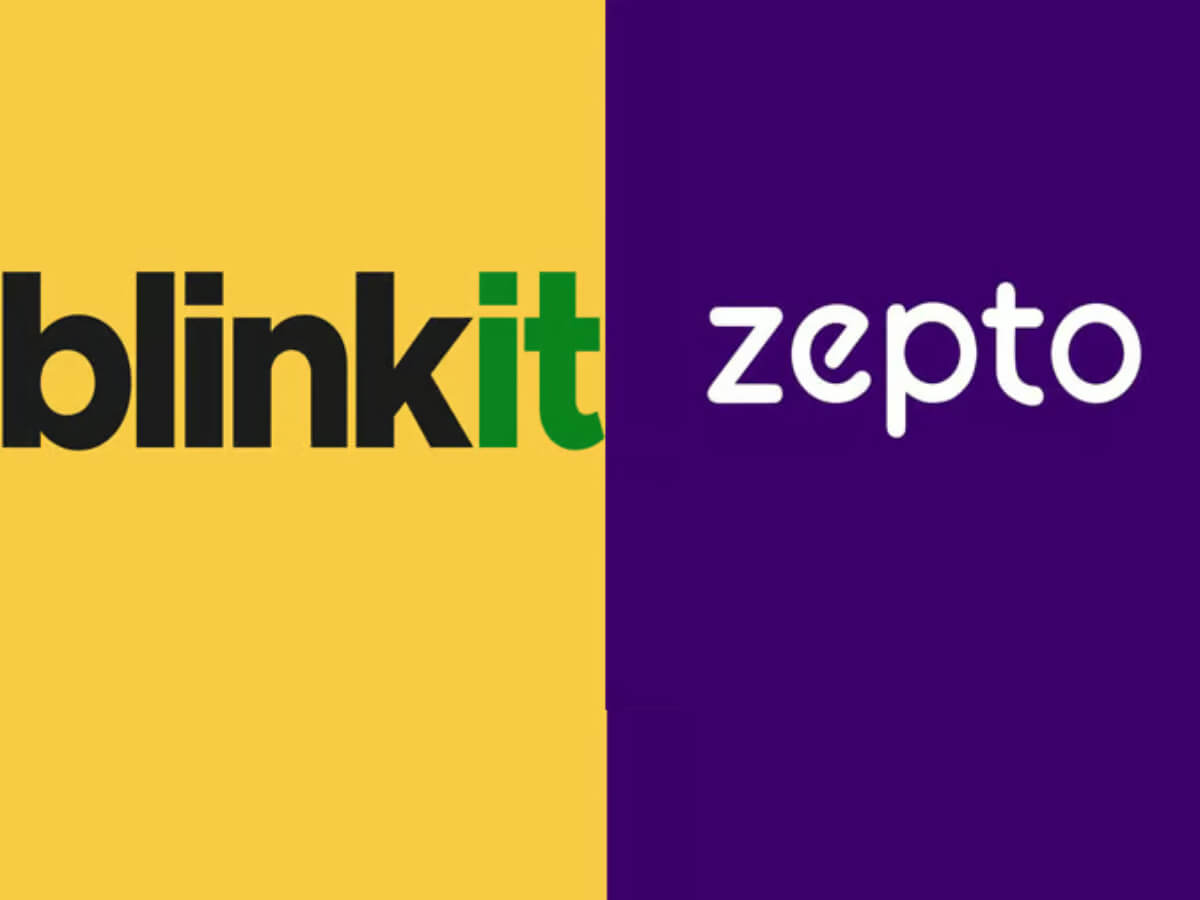













.jpg)
.jpg)
.jpg)


